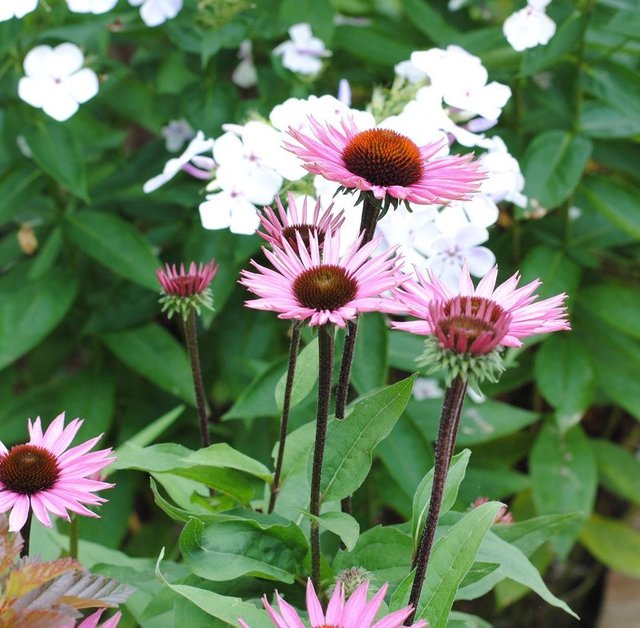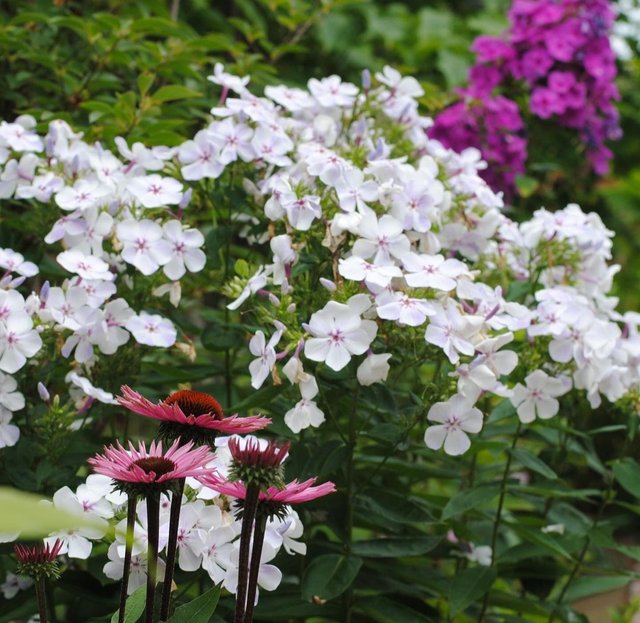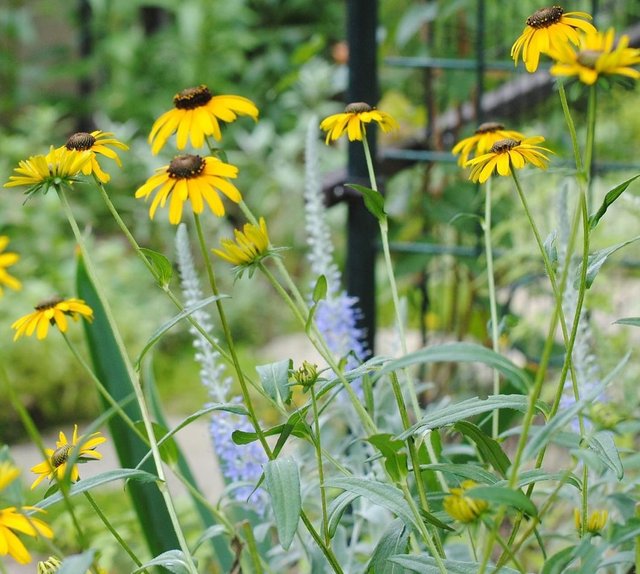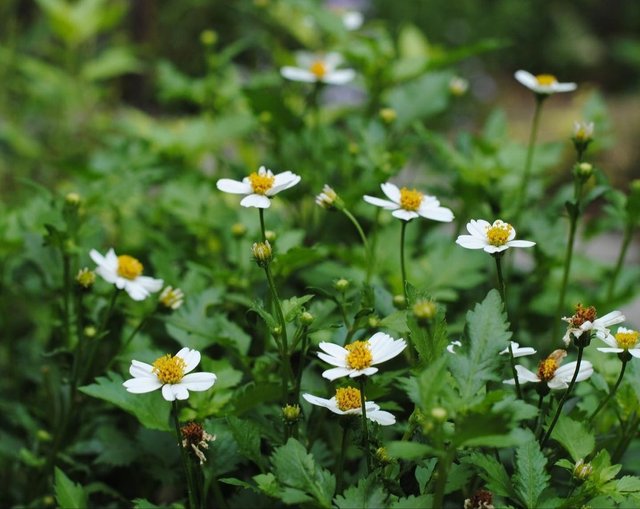Exploring the Beauty and Benefits of the Purple Coneflower




The Purple Coneflower is a magnificent perennial plant native to eastern North America. Revered for its stunning purple petals and prominent spiky orange-brown center, this iconic wildflower holds a special place in both gardens and natural landscapes alike.Throughout history, indigenous peoples of North America, such as the Plains Indians, utilized various parts of the Purple Coneflower for its medicinal properties. They brewed teas and concoctions from its roots to treat a myriad of ailments, ranging from colds and infections to snakebites and wounds. This traditional medicinal use has transcended time and continues to be embraced in modern herbal remedies.
In contemporary horticulture, the Purple Coneflower has earned its place as a cherished garden favorite. Its striking appearance adds a splash of vibrant color to flower beds, borders, and meadows, attracting pollinators like bees and butterflies. Its long-lasting blooms, which typically appear from early to late summer, make it a valuable addition to any landscape seeking seasonal interest and visual appeal.Beyond its botanical significance, the Purple Coneflower holds cultural symbolism in various societies. It's often associated with attributes such as strength, resilience, and healing—a testament to its historical medicinal uses and enduring beauty. In some cultures, it's even regarded as a symbol of protection and good fortune.
In addition to its aesthetic and cultural value, the Purple Coneflower plays a crucial role in supporting biodiversity and ecological balance. As a native plant species, it provides essential habitat and food sources for a diverse array of wildlife, including birds, insects, and small mammals. Its deep taproot also aids in soil stabilization and erosion control, making it an ecological ally in conservation efforts.The Purple Coneflower continues to be celebrated for its potential health benefits in modern times. Extracts from its roots, leaves, and flowers are commonly used in herbal supplements and natural remedies, purported to boost immune function, alleviate cold symptoms, and even support overall wellness. While scientific research on its medicinal properties is ongoing, many individuals swear by its efficacy in promoting health and vitality.